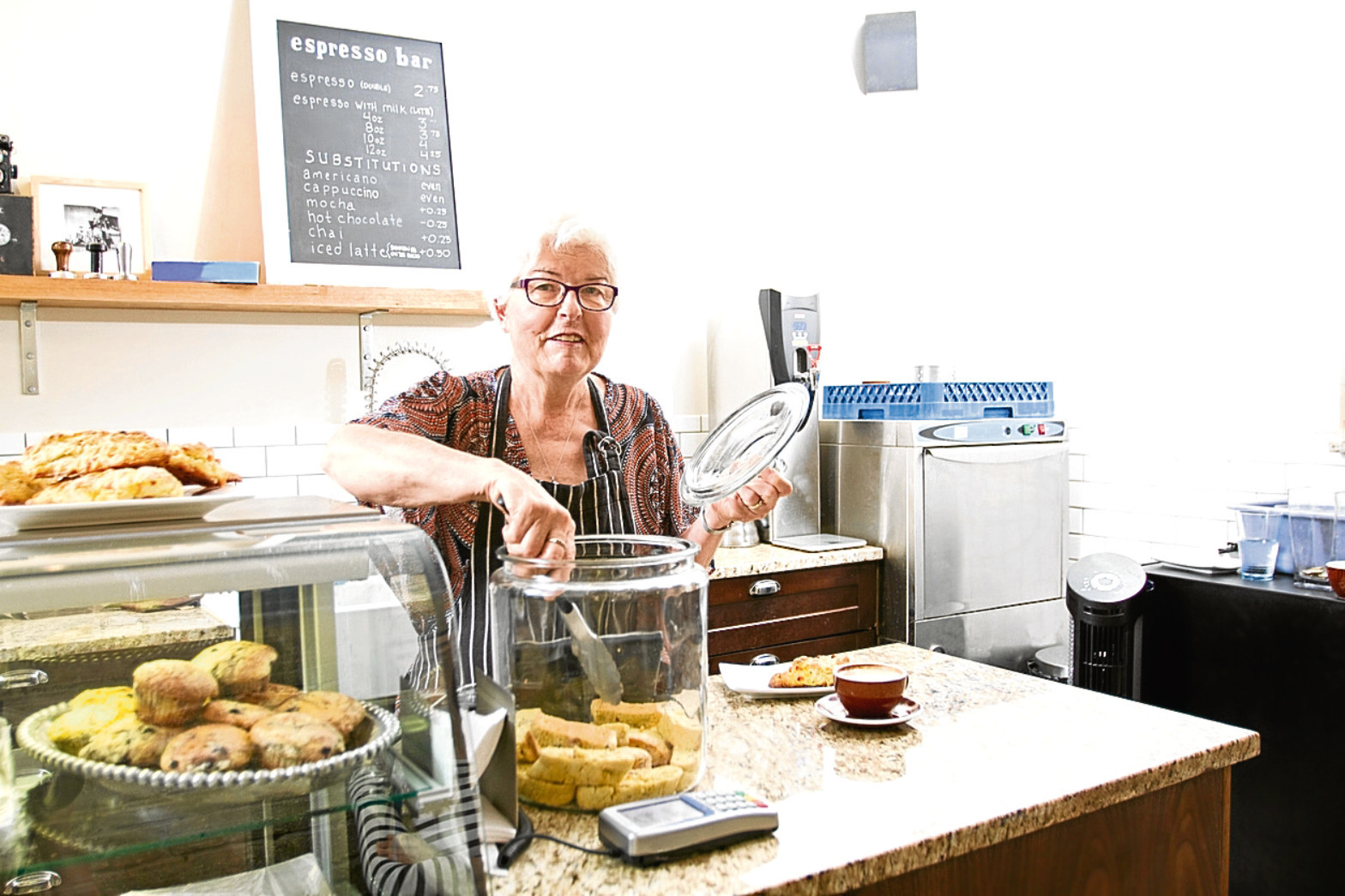
BABY BOOMERS should stay in work to keep healthy.
In a report on the health of those born between 1946 and 1964, Chief Medical Officer Professor Dame Sally Davies said the physical and mental health benefits of being employed or volunteering “should not be underestimated”, adding that working helps people feel fulfilled and less isolated.
A third of British workers will be over 50 by 2020, and Professor Davies says: “People are living longer than ever and so retirement presents a real opportunity for baby boomers to be more active than ever before.
“For many people, it is a chance to take on new challenges — it is certainly not the start of a slower pace of life it once was.
“Staying in work, volunteering or joining a community group can make sure people stay physically and mentally active for longer.”
At present, more than three-quarters of people aged between 50 and pension age are still in active employment, and 12% of those older than pension age are also still working.
The report also looked at the physical, mental and sexual health of 50 to 70-year-olds.
While life expectancy has increased, healthcare has improved and cancer care is better than 20 years ago, there are still many health concerns for this age group.
With one in three classified as obese, these problems centre on lifestyle choices, such as poor diet, smoking and lack of exercise — all of which baby boomers are in a position to change, the chief medical officer says.
Health challenges include —
- Two-thirds have not done 30 minutes of moderate physical exercise in the last month
- 42% of employed 50 to 64-year-olds are living with one health condition or disability
- Deaths from Type 2 diabetes are up by 97% in men and 57% in women since 1990
- 18% of baby boomers have depression or anxiety
- Suicide rate is highest among men around 50
But the good news is —
- Life expectancy is up by nearly five years for men and three for women compared to those aged 50-70 in 1990
- Premature heart disease deaths are down by 75% in men and 80% in women in same period

Enjoy the convenience of having The Sunday Post delivered as a digital ePaper straight to your smartphone, tablet or computer.
Subscribe for only £5.49 a month and enjoy all the benefits of the printed paper as a digital replica.
Subscribe